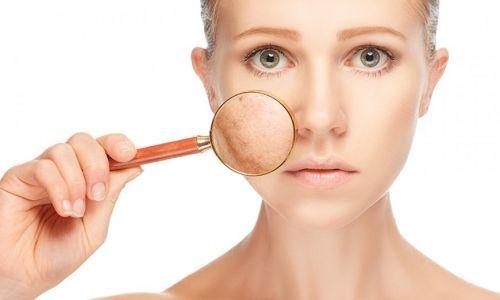Believe it or not, there are no other types of pigmentation problems that are more difficult to deal with than hormonal pigmentation. The treatment of hormonal pigmentation has not made much progress and still involves using products or medications, lasers, chemical peels, and other treatments. Different devices claim to improve hormonal pigmentation, but the results are usually disappointing. Even if some improvement is seen at first, the chances of recurrence are very high. How does hormonal pigmentation form, and what is the best treatment method available now?
Hormonal pigmentation is clinically characterized by indistinct borders, light to dark brown spots or patches, symmetrically appearing on the sun-exposed skin of the face. Most of the time, it appears on the cheeks or nose, but it can also appear above the forehead or upper lip. The exact formation mechanism of hormonal pigmentation is still unknown, although genetics, UV rays, and hormonal changes may be factors. Why are freckles easy to remove, but hormonal pigmentation is not? Freckles are an excess of melanin, but the function of melanocytes is normal. Once excess melanin is removed and sufficient sun protection is taken, they can be effectively cleared. The biggest problem with hormonal pigmentation is that melanocytes become overly active, continuously producing new melanin. Even if excess melanin is removed, as long as melanocytes continue to produce melanin, hormonal pigmentation will recur.
Although many different studies point out the causes of hormonal pigmentation formation, such as vascular factors, chronic inflammation, dysregulation of melanocytes and keratinocytes interaction, they still cannot explain why only local melanocytes become abnormally active while melanocytes in other body parts outside the face are not affected. Once melanocytes are stimulated, they cannot return to a normal state. The medical community still cannot find a method to thoroughly solve the problem of “overactive melanocytes”. Current treatment focuses on controlling the activity of melanocytes, accelerating metabolism, reducing existing melanin, and sufficient UV protection to prevent hormonal pigmentation from darkening. It is worth noting that chronic skin inflammation can deepen hormonal pigmentation, and some ingredients in skincare products can irritate the skin (such as acids) and cause inflammation, so it should be avoided as much as possible.
Currently, the best treatment method is to use medication or products that mix multiple effective ingredients for a long time to control the activity of melanocytes. Laser treatment can only temporarily improve hormonal pigmentation and also carries the risk of rebound or depigmentation. To deal with hormonal pigmentation, it is best to consult a doctor and avoid self-treatment.

